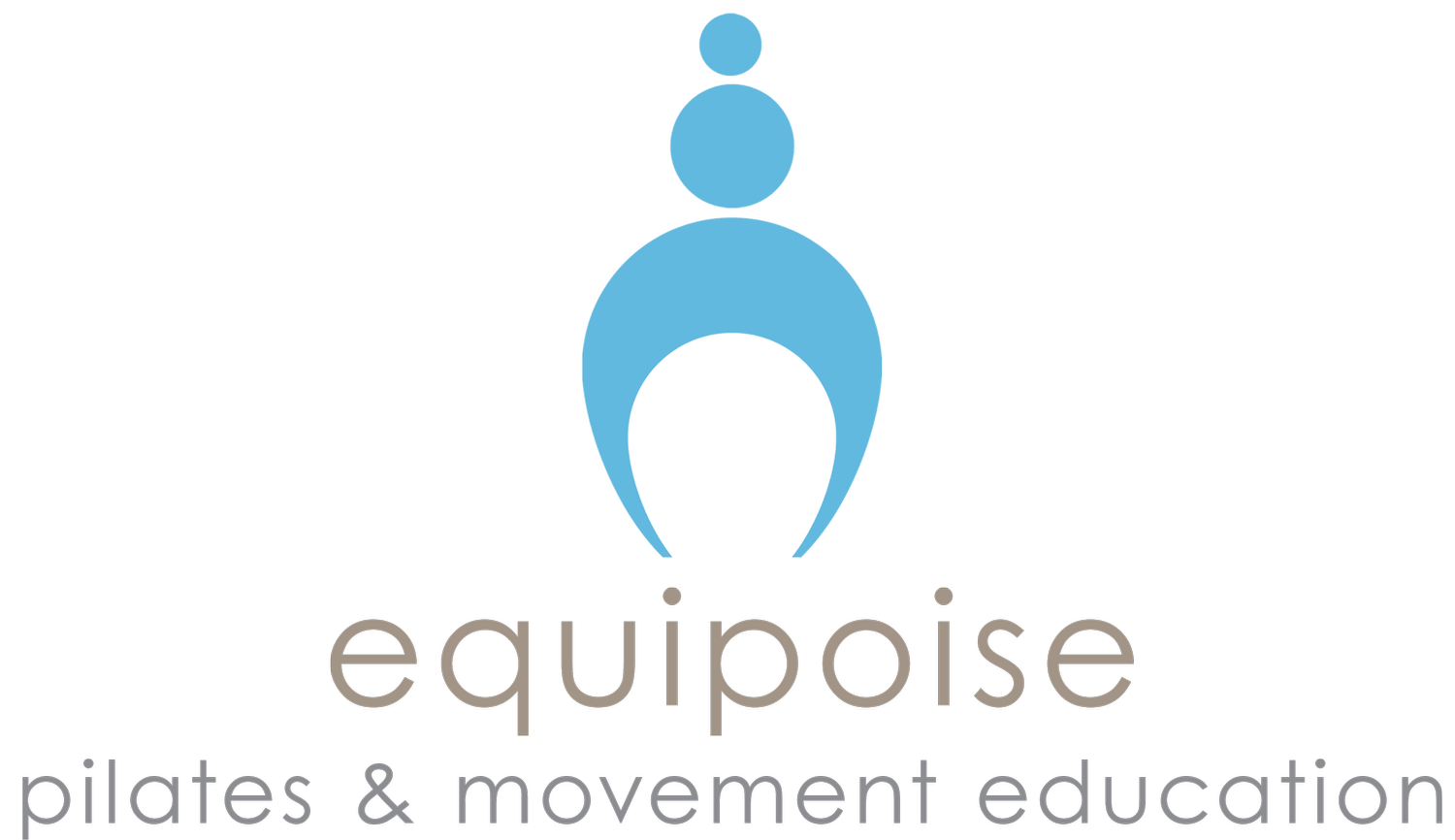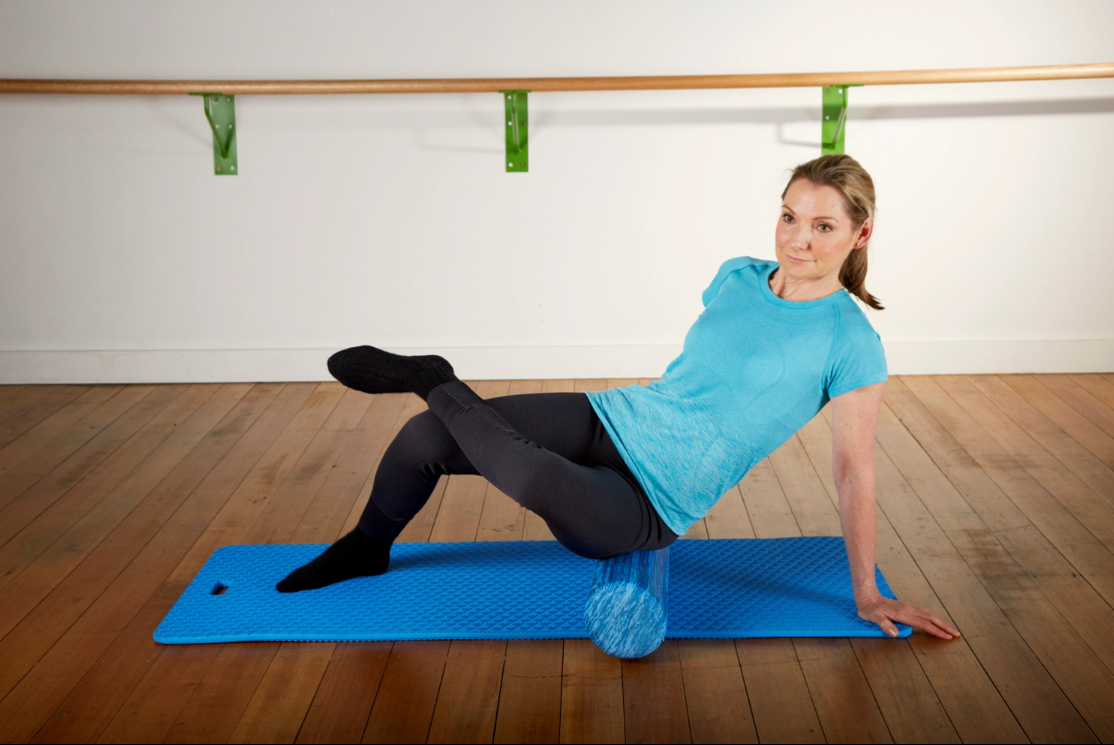Improve your leg position and the long term health of your hip joints with these simple release techniques.
If your New Years resolution is to improve your fitness and suppleness for riding, a good place to start is with some simple release techniques and stretches that can easily be incorporated into your daily routine. Making a habit of 10-15 minutes per day – per day is the secret here, making it a daily habit – can and will improve your time in the saddle. New York Times best selling Author and happiness researcher Gretchen Rubin calls habits ‘the invisible architecture of our lives’, and says that for most people, daily habits, once formed are easier to maintain.
In my 10 years as a Pilates Movement Educator I have developed a strong interest in Pelvic and Dynamic Hip Stability, also as a rider I know the importance of the hip and pelvic area for correct position of the upper and lower body, leg alignment and correct application of the aids.
There are many muscles that contribute to the stability and strength of the pelvic area, today I would like to talk about the Piriformis muscle.
Where is the Piriformis muscle and what does it do?
The Hips have two systems of stability – The passive system of stability made up of the bones and ligaments and the active stability system.
The active stability system of the pelvis is made up of muscles – superficial, intermediate and deep layers. The Piriformis is in the intermediate layer, it lies behind the Gluteal muscle close to the Sciatic Nerve and is one of 6 muscles that laterally rotate the thigh (turn it outward) it also assists in abduction – moving the thigh away from the midline. When riding we are constantly abducted and slightly internally rotated.
Tight Piriformis muscles are inhibiting to a deep seat and correct leg position. As riders we require a slight internal rotation of the Femurs once our thighs are abducted (open) to allow the thigh to lie against the saddle and the knees and toes to be pointing forward rather than turning out. If your Piriformis is tight finding that slight internal rotation required will be difficult. A tight Piriformis can also go hand in hand with excessive use of the Gluteus Maximus (our biggest gluteal muscle) making a deep seat difficult to achieve as there should be width and breadth across the seat with relaxed buttock muscles to create depth in the saddle. There are other muscles that can contribute to this issue as well that I will address in further articles.
Affecting you position on the horse is one thing but in regard to the long term health of the hip joint – we all want riding longevity – If we never stretch or release the Piriformis and it becomes chronically tight we are then placed at considerably more risk for pathology over the long term – persistent tightness of the Piriformis results in increased risk of FAI – Femoral Acetabular Impingement, this is where the head of the femur (thigh bone) is sent Anterior Superior – forward and up – in the hip joint causing a loss of the integrity of the joint where the even space in the joint capsule is compromised and impingement occurs.
Persistent tightness more often than not also means weakness, not only do we want to release and stretch the tight Piriformis muscles; we also want to strengthen them and their fellow lateral rotators along with the abductors of the hip – the muscles that open the leg out to the side.
Self – massage and release exercises along with post ride stretching can be a very effective way to maintain the healthy function of the Piriformis muscles and also contribute to long term hip health.
Piriformis Release with a Spikey Ball –
Lie on your back with your knees bent and legs hip width apart, place a spikey ball or a tennis ball underneath the pelvis on either side.
Relax the spine to allow the pelvis to drop into a slight backward tilt.
Staying relaxed rotate the pelvis slowly onto the ball until a sore spot is found – around about mid buttock toward the side.
Slowly open and close the knee 10-15 times.
Maintain the open position of the knee and slowly slide the leg along the floor keeping the thigh turned out.
Continue to slide in and out 5 – 10 times.
Piriformis Release with a Foam Roller –
Sit on the Foam Roller with your knees bent and your hands on the floor behind the Roller, you will be leaning back slightly.
Rotate the hips to one side so that you are resting on the Roller with the middle of your buttock muscle.
Pick up the foot on the same side you are resting on and place it on your opposite knee. Eg: if you are resting on your left buttock pick up you left foot and place it on your right knee.
Gently roll the roller over the buttock slowly back and forth in a small range.
Repeat on the other side.
Piriformis Stretch –
Lie on your back with your knees bent and hip distance apart.
Lift your right knee and take you outside hand onto the outside of the thigh, with the other hand take hold of your right ankle, if this is too difficult place a stretch band or a scarf over the ankle.
Keeping the thigh as vertical as possible begin to bring the ankle closer toward the left shoulder, and then gently draw the thigh across to the left closer to the midline of your body.
Hold for a minimum of 30 seconds and repeat 2-3 times.
Repeat the entire sequence on the other side.
If you like this post please ‘Like’ and share on Facebook.
If you are keen to learn more and would like to attend Private or Group Pilates sessions, host or attend an Equipoise Pilates Workshop please contact me at equipoisepilates4equestrians@gmail.com
Thanks for reading!


